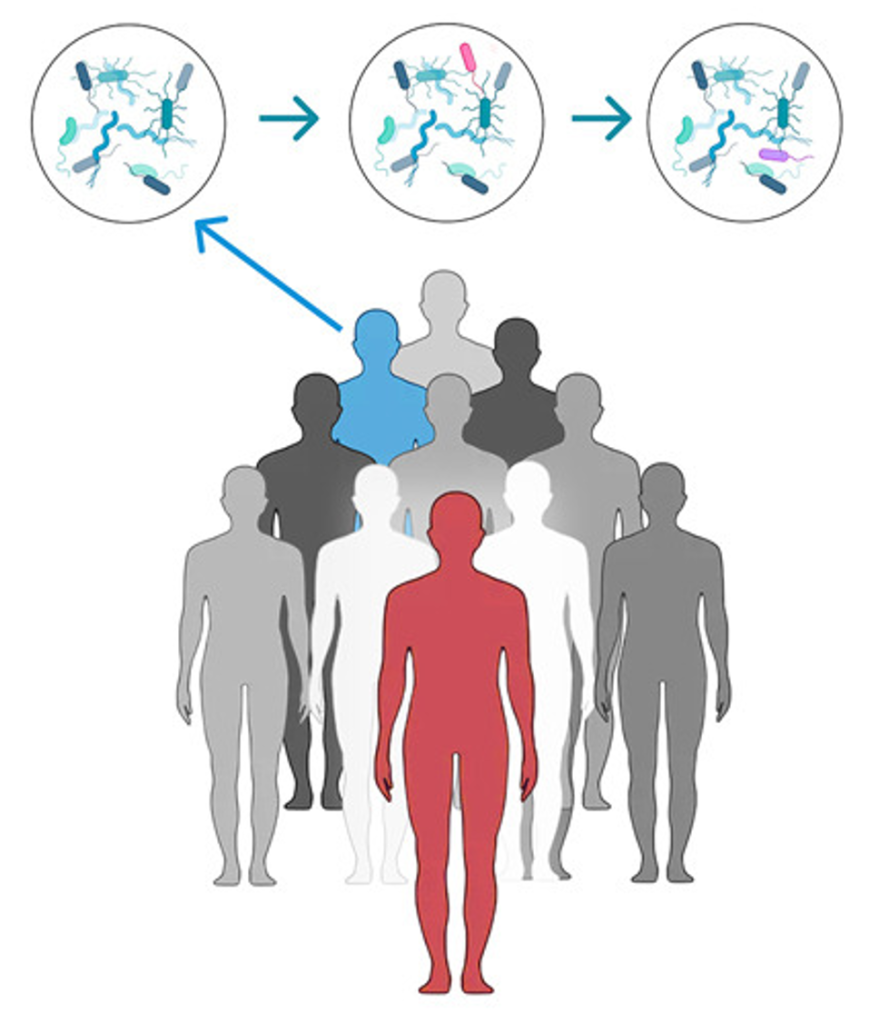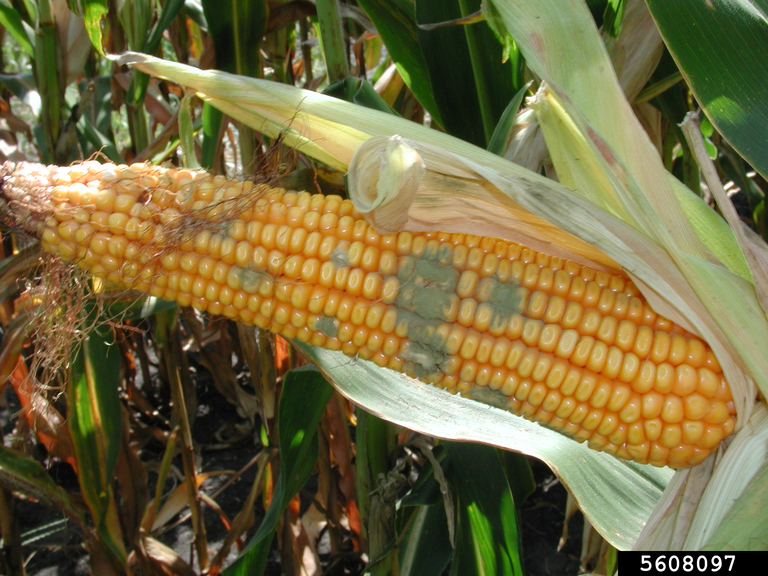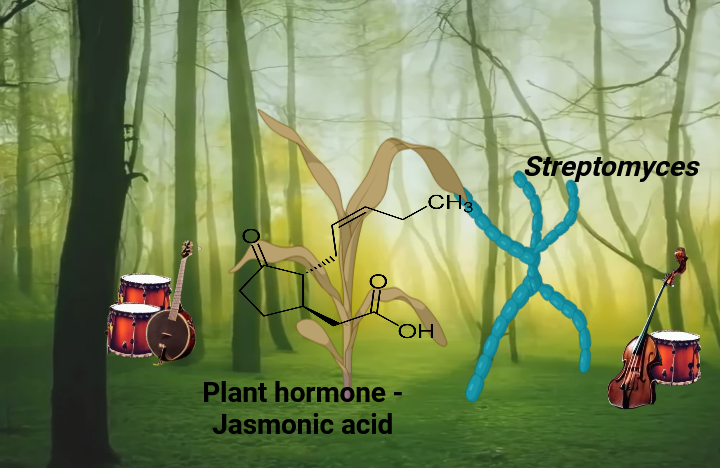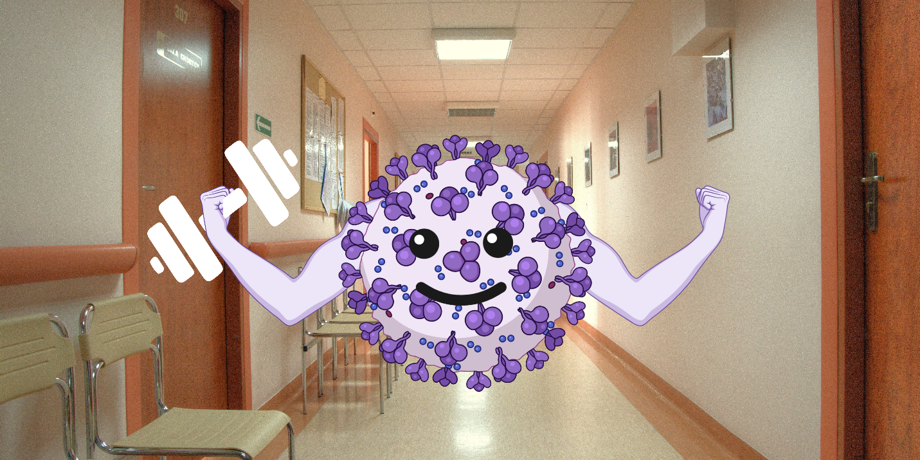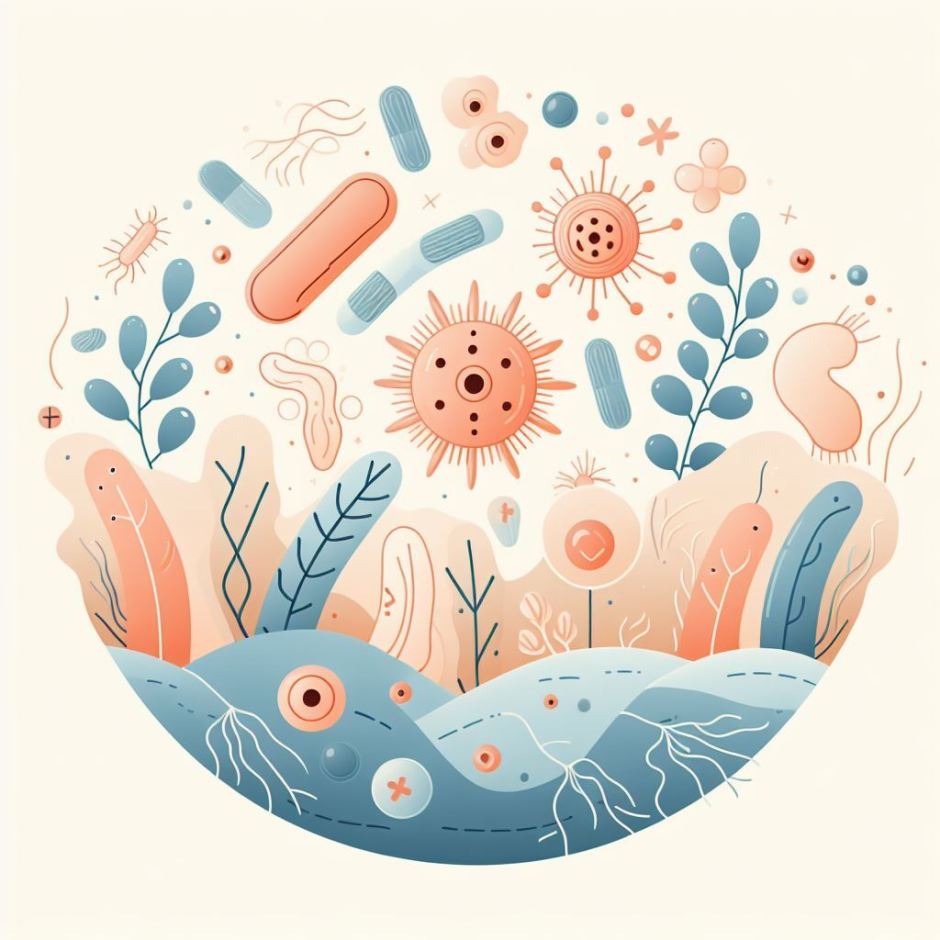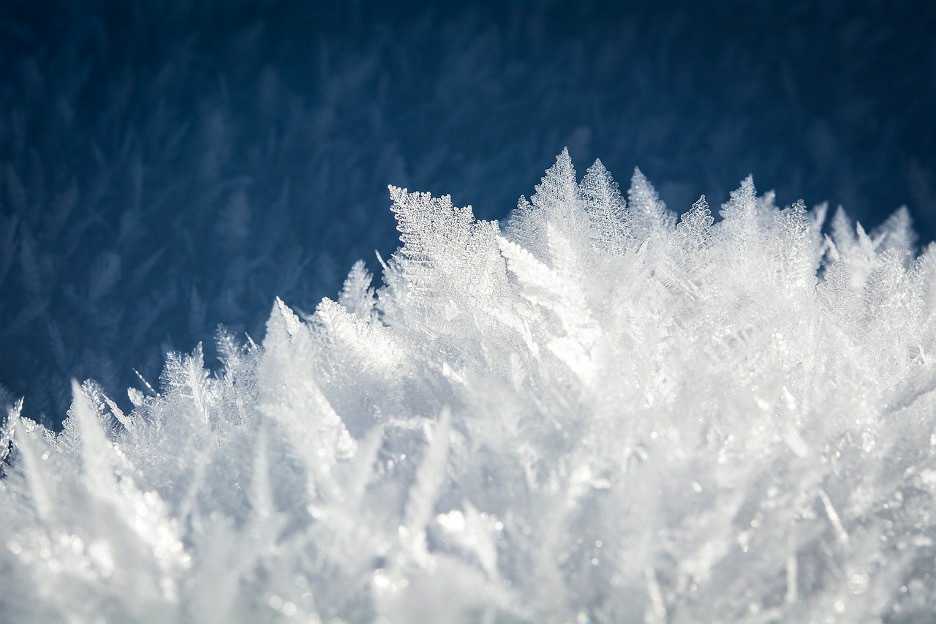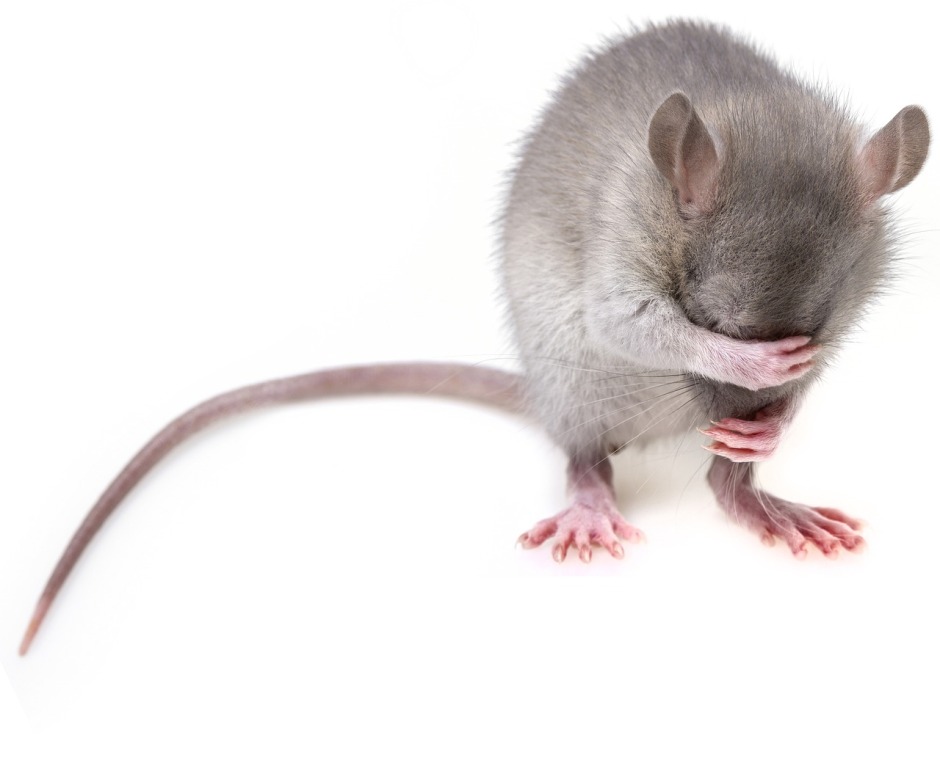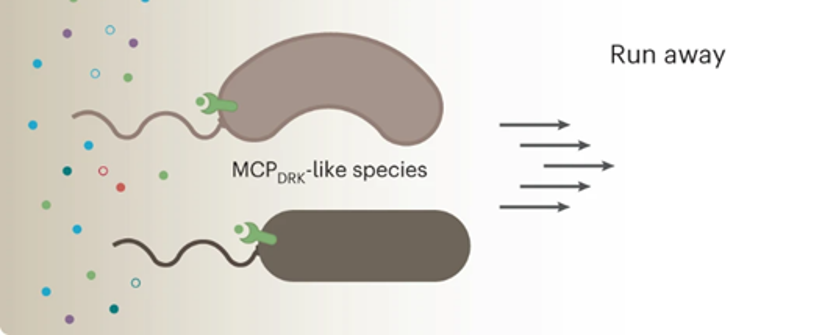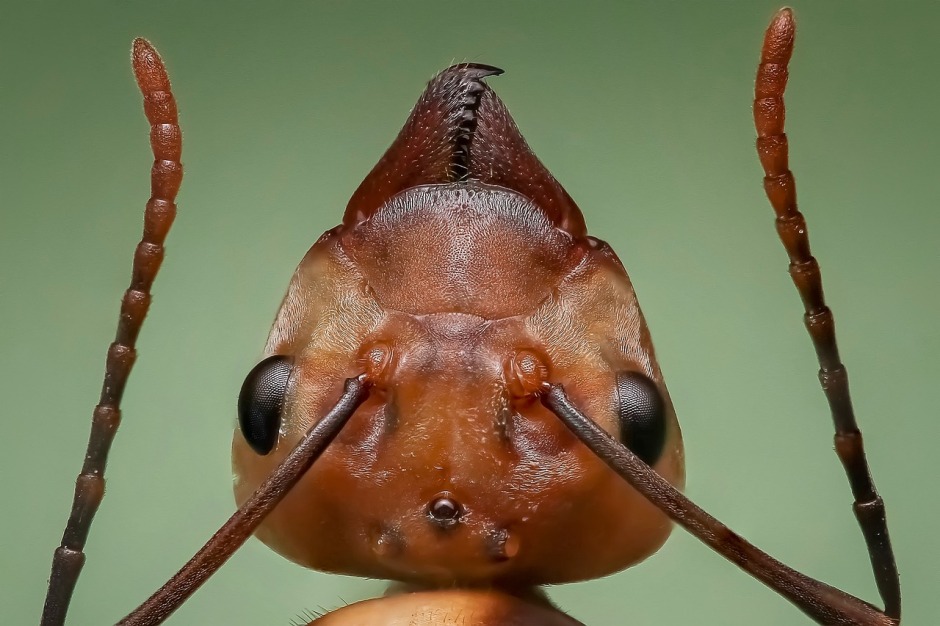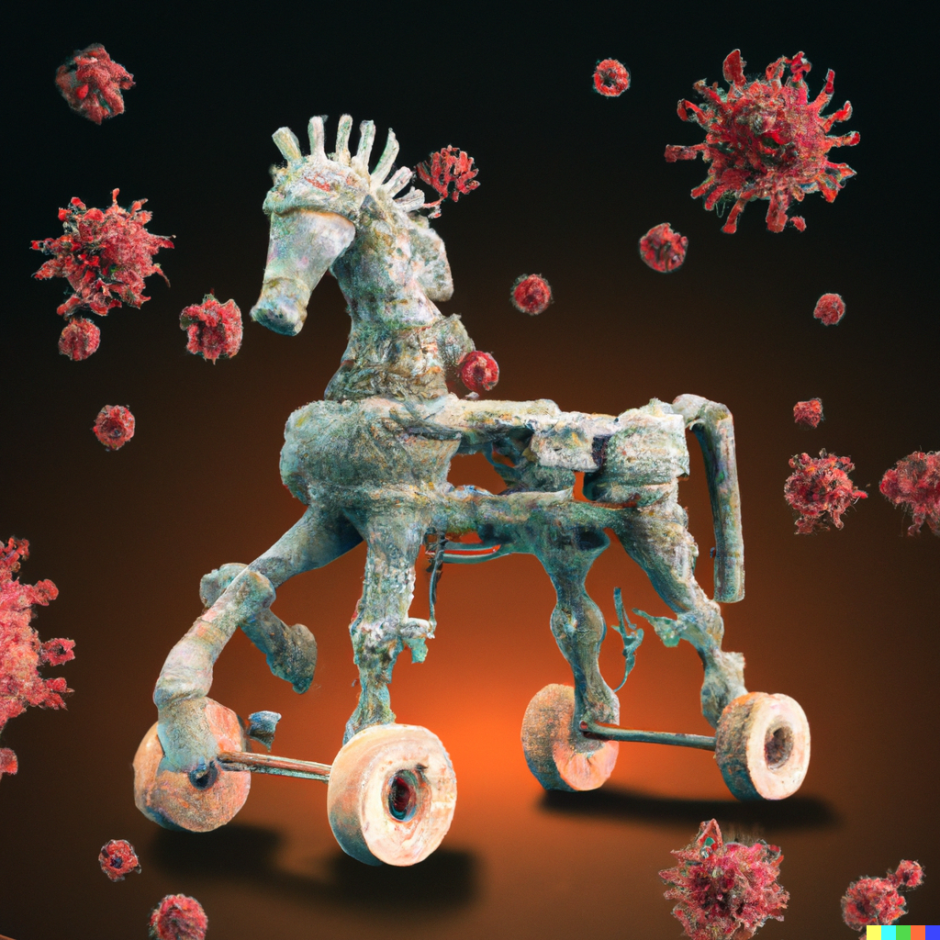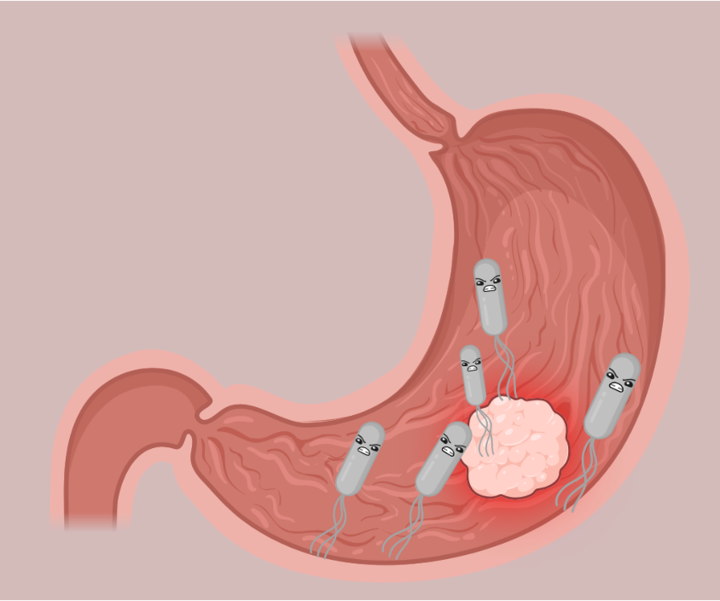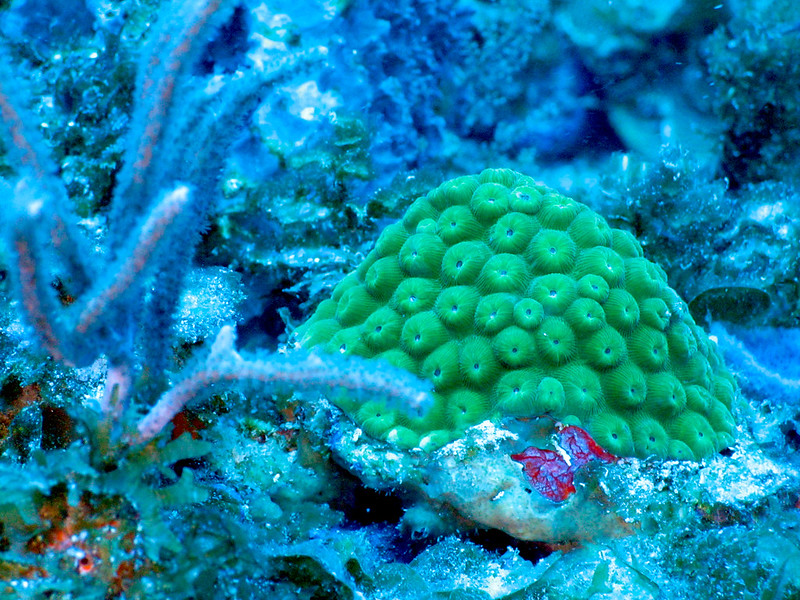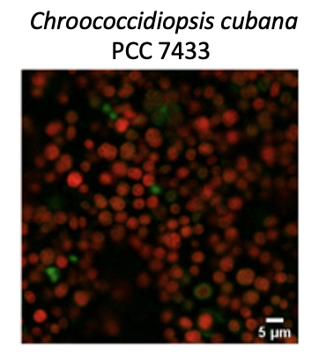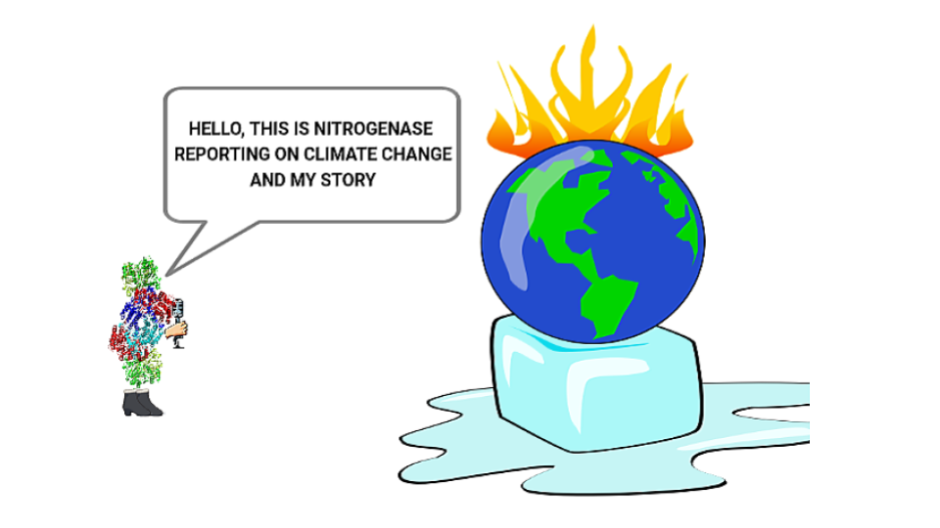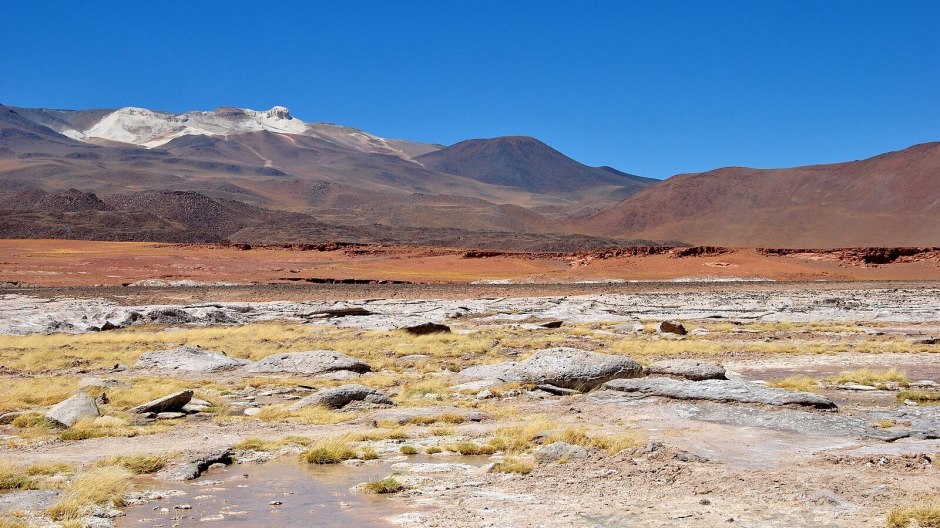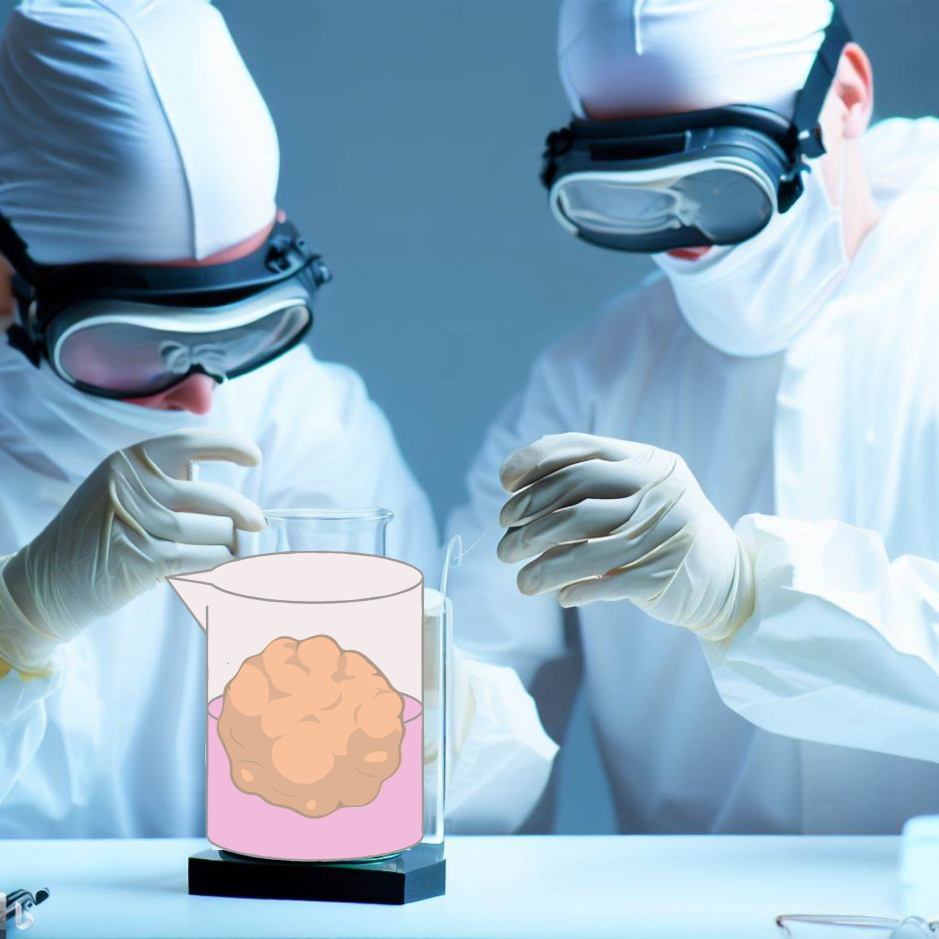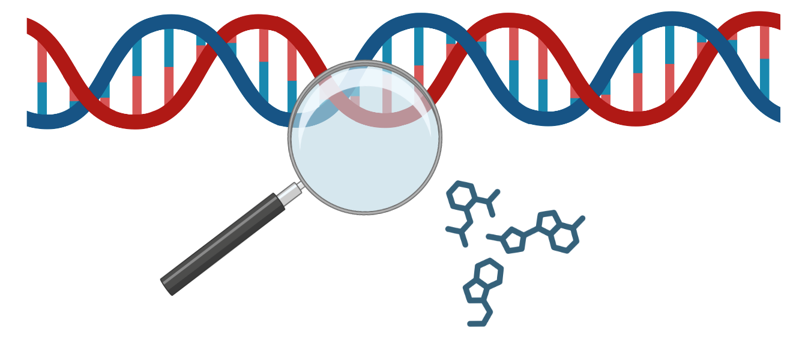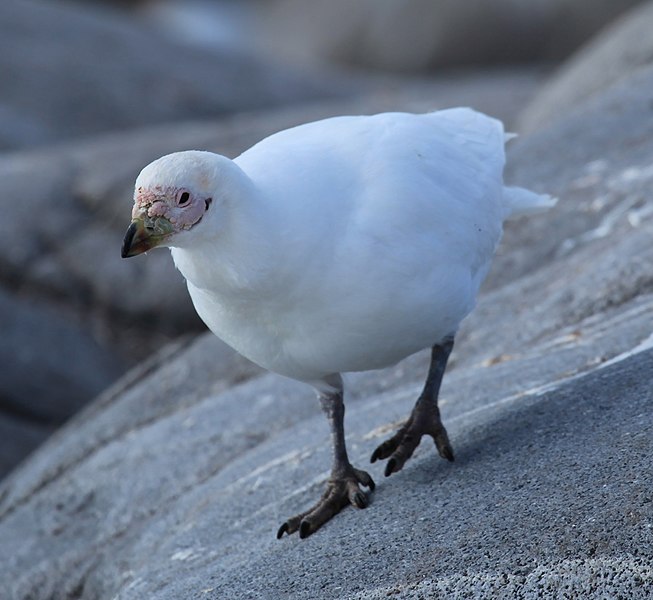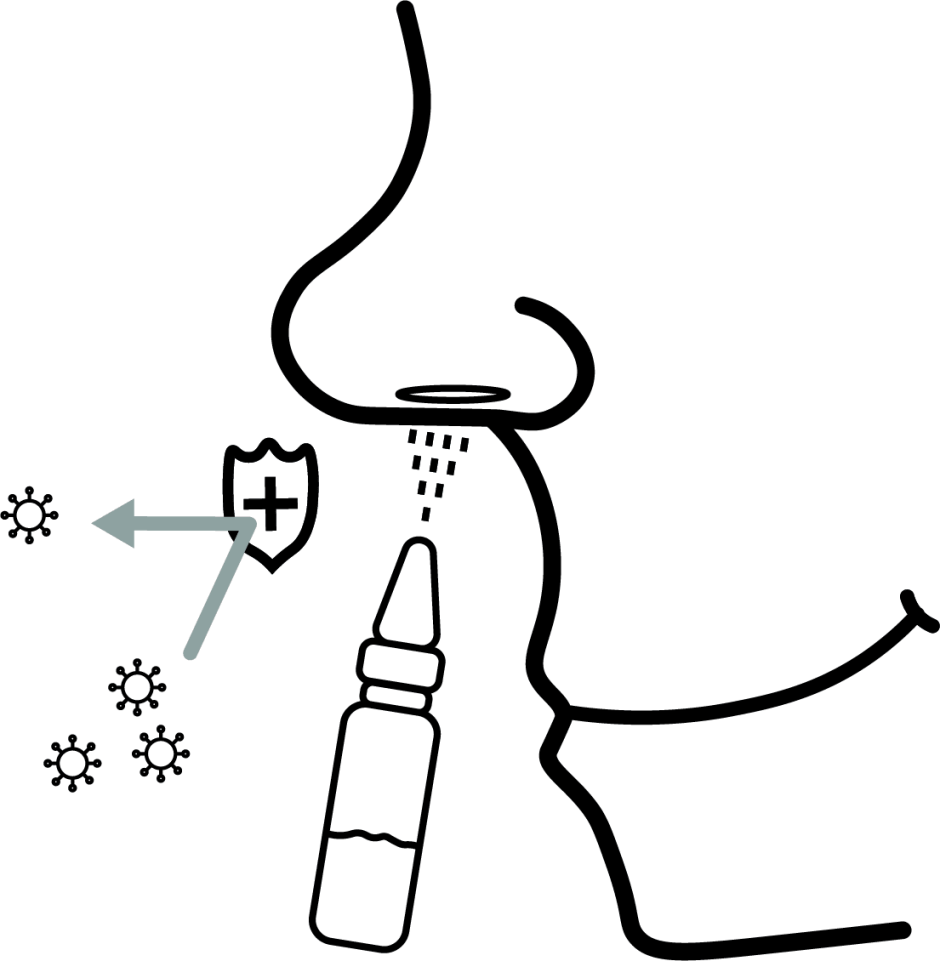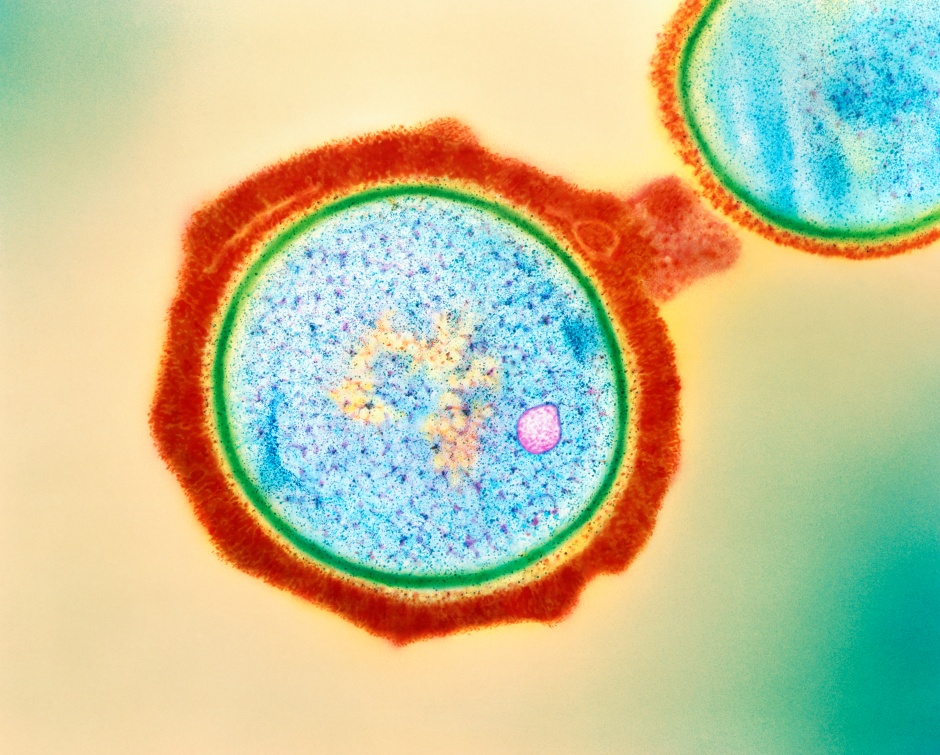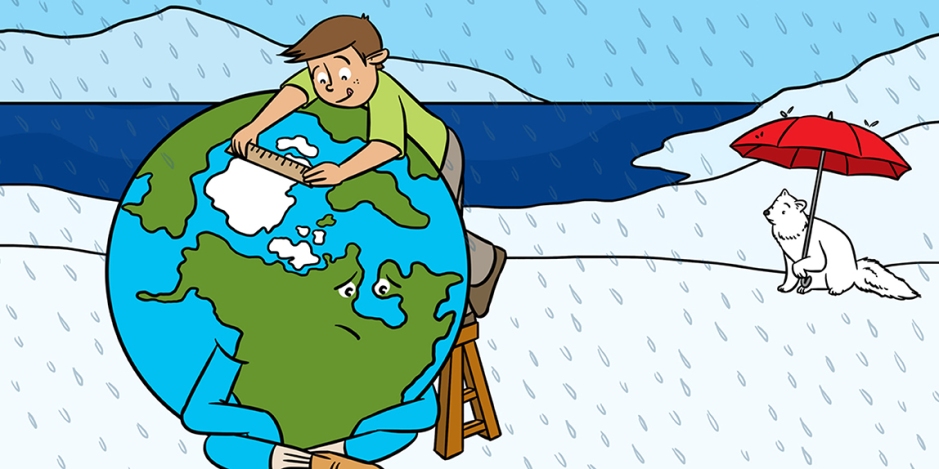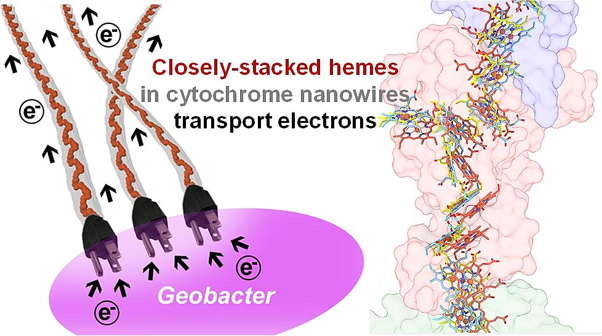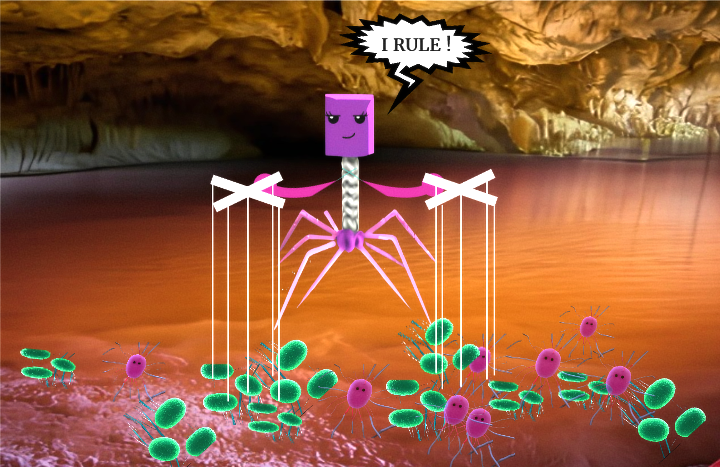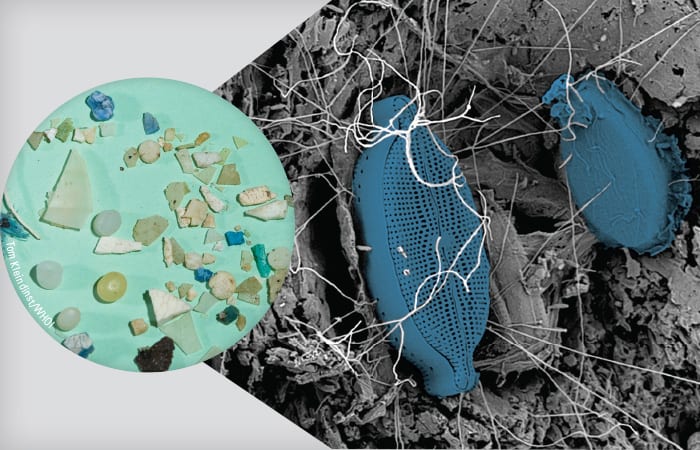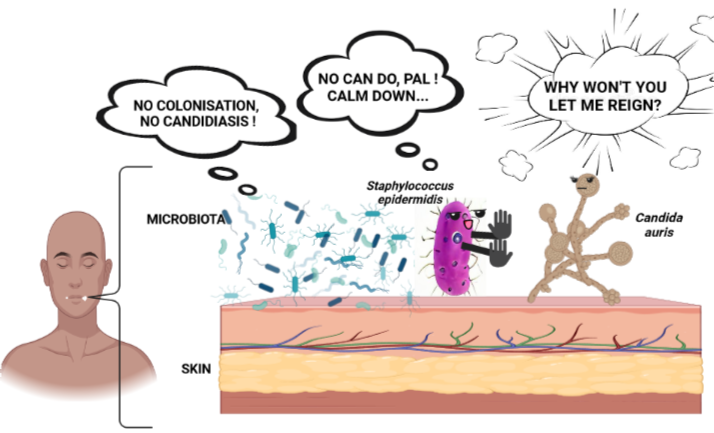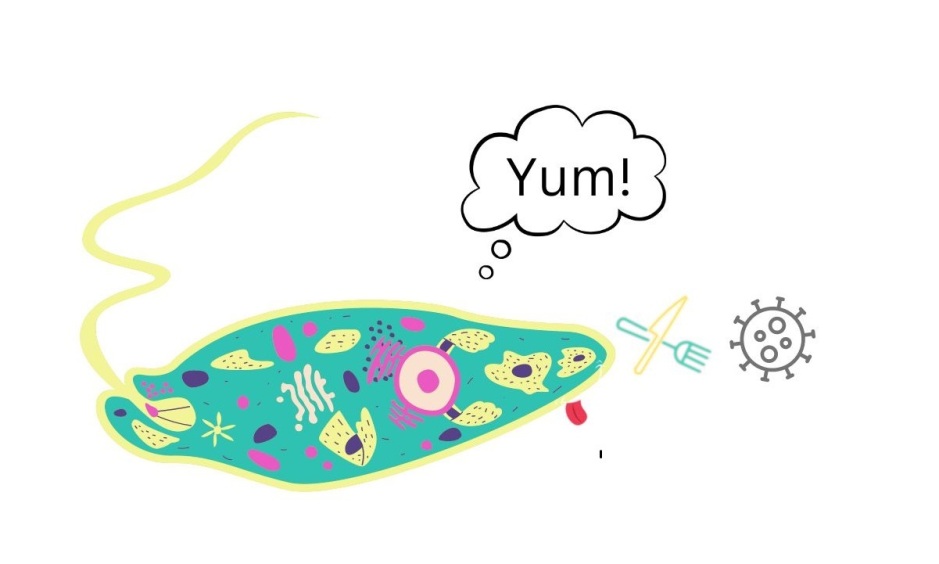
Breaking down the microbiology world one bite at a time
Life after ice
Our planet is warming fastest at its poles. In the Antarctic, receding ice reveals barren rock, decimating populations of penguins, seals, and other animals that live and hunt on the ice. It turns out, however, that not everyone is entirely unhappy with this bare-rock arrangement. The new environment is quickly colonized by organisms that thrive in warmer temperatures and increased sunlight, changing the landscape from white to green. These first colonizers are microbes, and their contributions to current and future carbon cycling in the Antarctic have potentially far reaching effects. A new study finds that some hungry Antarctic microbes feast in warmer climates, possibly leading to increased carbon consumption and storage.
Succession (but not like the Roys)
Newly exposed environments are colonized via a process called succession, wherein microbes that can make their own food using carbon and nitrogen from the atmosphere settle first, followed by other organisms that can survive off the nutrients that they produce. In recently de-glaciated soils, the first colonizers tend to be photosynthetic Cyanobacteria. After the Cyanobacteria come a host of other microorganisms that contribute carbon and other nutrients to the soil through their lives and deaths. When enough nutrients accumulate, the soil can support plants, often mosses and ferns.
Warming temperatures can mean that many of the organisms involved in this successional process grow faster, since many microbes in the Antarctic are actually living at temperatures much lower than their optimum. Depending on which organisms grow faster, and by how much, this growth can have profound effects on the amount of carbon stored in the soil. The size of this soil carbon pool can impact the process of succession itself, but it also has global implications. Soil is a major carbon sink (meaning that it stores carbon, removing it from the atmosphere) globally, so understanding how warming impacts this storage is crucial for understanding future climate dynamics. The authors of this new study set out to characterize the effects of warming on Antarctic microbial communities in an effort to understand the future of a rapidly warming planet.
Microbial saunas
The scientists set up experimental warming chambers (like solar powered microbial saunas!) in two different sites: one very early in the successional process (deglaciated just two years prior), and one very late (deglaciated hundreds of years earlier). They wanted to see if warming might have different effects on microbial communities depending on where they were in the process of succession.
To measure the growth rate of microbes in each warming chamber, the authors used a tool called “quantitative stable isotope probing,” which takes advantage of the different weights of the isotopes of certain atoms to indicate growth. In a very literal sense, the adage “you are what you eat” is true. When we eat, many of the atoms that we consume become part of our DNA. At the beginning of the heat incubation, researchers gave microbes a form of water containing an isotopically heavy version of oxygen. At the end of the study, by sorting DNA by weight, they could see how much of the isotopically heavy oxygen got incorporated into the DNA of each organism. Microbes that had more heavy oxygen in their DNA were growing more than microbes with less heavy oxygen.
Throughout the experiment, scientists also took measurements of the carbon that was being consumed and released at each site. By comparing their growth data with the carbon data, they were able to get a sense of which organisms may be key players in carbon cycling under warming scenarios.
Hot and hungry
On average, communities at both sites grew faster under warming scenarios, but growth response was not uniform across all taxa. While many phyla, like Cyanobacteria and Proteobacteria, had increased growth under warming, others, like Actinobacteriota and Bacteroidota slowed down. This is important because the community level response to warming depends on which constituents succeed. Actinobacteria, for example, are decomposers of organic materials in soil. They help determine which types of carbon are available in the soil carbon pool, which in turn determines the diet and growth of other organisms. Microbial primary producers like Cyanobacteria, who fix carbon dioxide into forms available to other microbes, also contribute to the soil carbon pool. The balance between organisms that make biologically available carbon, and those that consume it, determines the net consumption or production of the community.
In comparing their carbon data across warming treatments and sites, the researchers discovered an interesting pattern: in the early successional site warming caused the community to consume more carbon, switching it from a carbon source to a carbon sink. The later successional site, however, consumed less carbon than it had under ambient temperatures,
The differences between these two sites, separated in space, translate into potential differences in time. The later successional site represents what the earlier successional site may look like in a hundred years. Understanding the differential effect of warming, therefore, gives a window into the future carbon cycling of the Antarctic. Given the results of this study, it seems likely that future warming will increase microbial growth rates, causing them to consume more carbon in early successional sites. This increased carbon consumption will pull carbon dioxide out of the atmosphere, mitigating some of the anthropogenic emissions of greenhouse gasses (although likely not to any significant degree). Increased microbial growth rates and a larger soil carbon pool will speed the rate of succession itself, contributing to rapid Antarctic greening.
Link to the original post: Purcell, A. M., Dijkstra, P., Hungate, B. A., McMillen, K., Schwartz, E., & van Gestel, N. (2023). Rapid growth rate responses of terrestrial bacteria to field warming on the Antarctic Peninsula. The ISME Journal, 17(12), Article 12. https://doi.org/10.1038/s41396-023-01536-4
Featured image: Bing image creator


